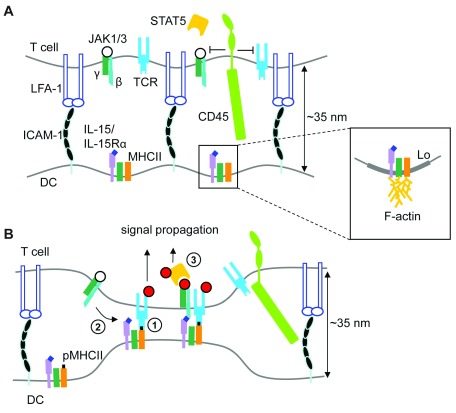Figure 6. Model of γc-facilitated IL-15/IL-15Rα transpresentation to CD4+ T cells.
( A) In the absence of cognate peptide-MHC II (pMHCII), IL-2Rβ/γc cytokine receptor signaling in T cells is not initiated (open circles denote unphsophorylated IL-2Rβ/γc and associated JAK1/3), as these small receptors are likely positioned too far apart for stable binding of IL-15/IL-15Rα complexes on the DC surface. Inset depicts putative association of IL-15/IL-15Rα, MHCII and γc within liquid-ordered (Lo) lipid domains, and/or through cytoskeletal confinement. ( B) Engagement of pMHCII on DC (1) leads to γc-dependent recruitment IL-15/IL-15Rα to the contact interface, close to regions of bound pMHCII (2); this would position IL-15/IL-15Rα complexes on the DC surface at a distance compatible with binding IL-2Rβ/γc receptors in trans (2). Close contacts also exclude CD45, allowing stable phosphorylation (red circles) of both TCR and IL-2Rβ/γc receptors, permitting recruitment and phosphorylation of STAT5 (3) in the context of productive antigen recognition.

